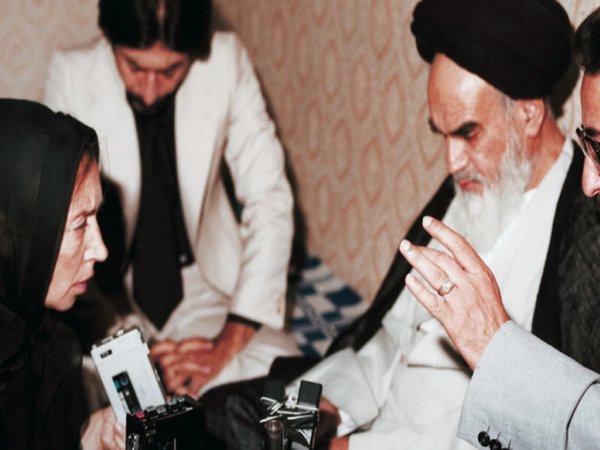Much is made of whether or not Australian films say something about the national ethos. Red Dog does, even if it is mainly about the resilient strength and the community appeal of a good dog, while making no claims to being a ‘big’ story. This is no sweeping epic like Baz Luhrmann’s Australia. The characters of Red Dog know this isn’t about them: it’s about the dog.
Red Dog (played by Koko) is a wanderer of the Pilbara who shows up unexpectedly in the mining town of Dampier in the early 1970s. Through the combination of independence and friendliness that defines Red, he becomes the best friend and confidant of half the town – mainly men, working in physical jobs, without women or affection in their lives.
Red has no master, until John (Josh Lucas) rides into town on his motorbike. The excellent scene in which they first see one another perfectly captures the meeting of two wanderers on the road. John resists the pull of friendship with the dog for a while, but eventually he gives in, and thus these two travellers finally have a reason to stay put.
The film, based on a true story, is told through the memories of those who knew both Red Dog and John, and is precipitated by the arrival in Dampier of a stranger (Luke Ford). Red, now greying around the muzzle, is lying ill in a back room of the Mermaid Hotel. As the news spreads that the beloved Red Dog is sick, the pub fills and it becomes an impromptu wake as people take it in turns to tell the newcomer about what the dog means to them.
The first half of the movie seems to flash by as Red Dog’s arrival in town is established and his friendship with John grows . There’s no need for clunky voice-over narration; the narrators are instead the publican (Noah Taylor) and others in the pub. Points of humour are established that carry on throughout the movie, from the obsession of Vanno (Arthur Angel) with his hometown in Italy to the dog’s killer flatulence.
The retrospective mode of narration leaves little time to do more than scratch the surface of the characters, but before long this ceases to matter. At the heart of the film is Red Dog, and not only does his character develop in depth but he also becomes the vehicle by which other characters are revealed. The cast is superb, with a great selection of well-known Aussie actors including a brief cameo from the late Bill Hunter.
Red Dog is in part a story of the romance between John and Nancy (Rachael Taylor), but it’s the love story between Red and John that really tugs at the heartstrings. With John’s departure from the film, leading to Red Dog’s fame as he searches the Pilbara and beyond for his master, there are no easy answers. Red does not conveniently become Nancy’s dog; he is, once again, the community’s – and nobody’s, too.
The movie gives a few indications early on that it might be a bit corny, but director Kriv Stenders successfully avoids over-sentimentality. The Pilbara red dust doesn’t turn the characters into caricatures, and the story, even the pathos, fits beautifully into the landscape. The soundtrack is brilliant – Eagle Rock and Way Out West overlay the red dirt, ’70s vehicles, ore trains and towering piles of salt, and it works. It’s uplifting, the sense of men seeking freedom from their pasts, of the girl from Perth seeking adventure in the north, of the dog making his home in this isolated mining community. Certainly the Pilbara is idealised, but it’s forgivable because Red Dog’s story is told by a group of people in a bar who love him, and who are nostalgic about his younger days.
The fact that the landscape is not overdone is a key part of the film’s success. Cinematographer Geoffrey Hall makes brilliant use of the unique Western Australian light, but he does not dramatise the land. It is big and beautiful, especially on a cinema screen, but it is not presented as a stage.
Red Dog is a strong, powerful story with a bunch of great characters. I’ve heard it described as a feel-good film, but it’s better than that. A few days after I saw it, I’m still thinking about it – as though it captured something that I didn’t quite know I was looking for. Therein lies its strength: it’s a film that has something for everyone, no matter how unexpected.
Suzannah Marshall Macbeth is a Master of Global Communications student at La Trobe University and a former editorial member of upstart. She blogs at equineocean and you can follow her on Twitter: @equineocean.






